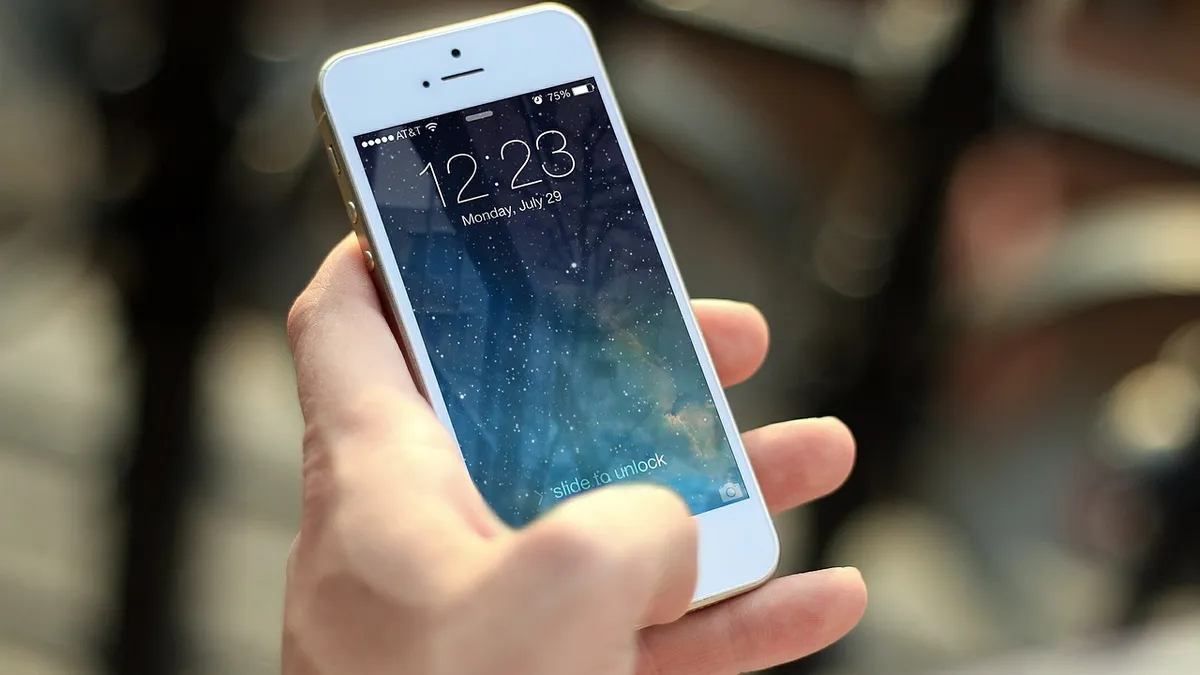The holiday marketing season is in full swing, and now is the time to start planning for marketing in 2016. From the value of email to the influence of social media and mobile advertising, the year ahead stacks up to be a customer-centric space for digital marketers.
Marketing Dive reached out to two industry experts, Kim Celestre, senior director product marketing, Jive Software, and Mark Organ, founder and CEO of Influitive, to get their take and help you get up to speed on these four top-of-mind topics.
1. Email as a marketing channel is on the wane
Is email losing influence? Depends who you ask, but at least according to both Celestre and Organ, the answer is yes.
Though email is a mature and well-utilized medium, "it is still very much a one-way channel from a marketing perspective," Celestre explains. And given the growing preference for chat apps and social media private messaging, email marketers are facing a whole slew of new challenges.
"To maintain the relevance and power of the channel, email service providers need to innovate technical capabilities to more accurately determine and act on identity, behaviors, time, location and device/email client in real-time," Celestre said.
Organ went even further stating corporate email is "writing its eulogy."
According to a recent study by Adobe, email usage accounts for 30+ hours a week for those survey respondents. However, Organ said that "due to the rise of lightweight messaging platforms like Slack and Asana, the corporate email communication will start its decline in 2016 and the most fast-paced, project-tracking approaches to inter team communication will find its foothold."
"Consumers are shifting the way information is shared and communicated. Email, which has long been the foundation for team collaboration in the corporate world, is beginning to lose steam," Organ said.
2. Social media will remain a strong marketing channel
Celestre pointed out that social media is now part of how people get news, communicate in the workplace and shop -- and that offers marketers an opportunity to authentically tell brand stories.
"Gone are the days of million-dollar ad investments and one-directional marketing messages," Celestre said. "In 2016, user generated content will become more than just a buzzword, with organizations from large enterprises to ‘mom and pop’ small businesses seeking more effective and efficient ways to activate 'brand advocates.'"
Celestre also highlights three social media trends:
- YouTube has experienced a resurgence in popularity with younger generations thanks to the rising visibility of YouTube celebrities. There is a significant opportunity to reach this audience through advertisements and celebrity endorsements, she explained.
- Brands will invest in short-form content such as Instagram and Vine as they focus on getting better at telling short, visual stories with high impact.
- Advertisers will invest more in identifying trending content in real-time on social channels and participating in relevant conversations that help amplify the brand's messages.
3. Mobile marketing will require a content-first approach
Because traditional methods aren't as effective on mobile devices (think: cookies), mobile marketing necessitates a certain strategy. And thanks to ad-blocking technology and low tolerance for marketing messages on personal devices on the part of consumers, according to Celestre, marketers have to really focus on a content-first approach. She also stresses the importance of making personalization a key tactic with mobile campaigns.
"Companies that combine the power of user generated content with personalization will really win in 2016. In addition, investment in responsive design will become more important as ever, as consumers want a simple, seamless experience across the multitude of devices we use every day," she said.
What's more, she added, is that content marketing “has become an indispensable pillar to CMOs’ overall strategy” and that finding and curating user generated content will be a key part of content marketing next year. Celestre sees a growing demand for services and vendors that help brands identify and deliver the best user generated content.
User generated content, she says, will also serve as a way that marketers can find out what type of messaging resonates with their audience as well as help in creating more personalized messages and interactions.
4. Customer-centric is more than just a buzzword
Becoming truly customer-centric should be a main marketing goal for 2016, according to Organ.
Taking another angle on authenticity in marketing, Organ sees 2016 as the dawn of the “experience era.” No longer does a product alone define a company, but rather it is now about the experience. Citing research from Gartner, Organ explained that by 2016, 89% of all organizations will compete primarily on customer experience.
"Not surprisingly, the mandate of creating this experience often falls to marketers, as they are in the unique position to reach customers at every touch point in the customer lifecycle. They are becoming ‘experience designers’ for their customers, as well as their own company’s employees (as they say, happy employees equals happy customers)," he said.
Celestre concurred, who said she "anticipates that brands will look for unique approaches to providing a unified, cohesive experience through best of breed technologies. The key to success will be a technology ecosystem that best reflects their customers' digital journey."
Organ believes ultimately the biggest challenge facing marketers in the year ahead lies in trust.
"]Marketers are] still trying to generate demand and brand awareness from vendor owned/rented email, social and web spaces, which buyers don't trust," Organ said. "Instead of blasting out their marketing messages on increasingly noisy channels, they need to be where their buyers are: in peer recommendations and on mobile. Most marketers today would say they're ‘customer-centric,’ but they haven't even scratched the surface when it comes to tapping into these two channels."






















